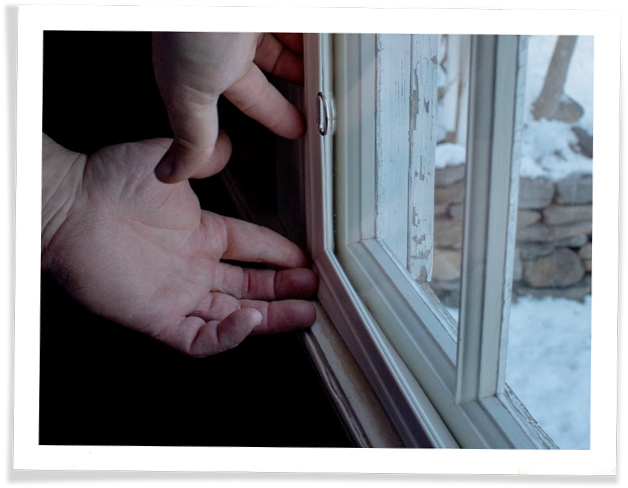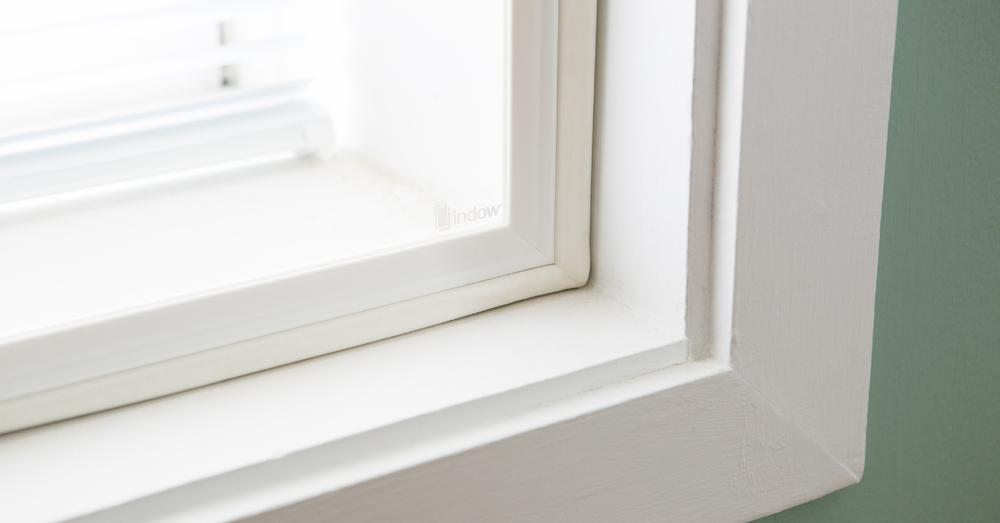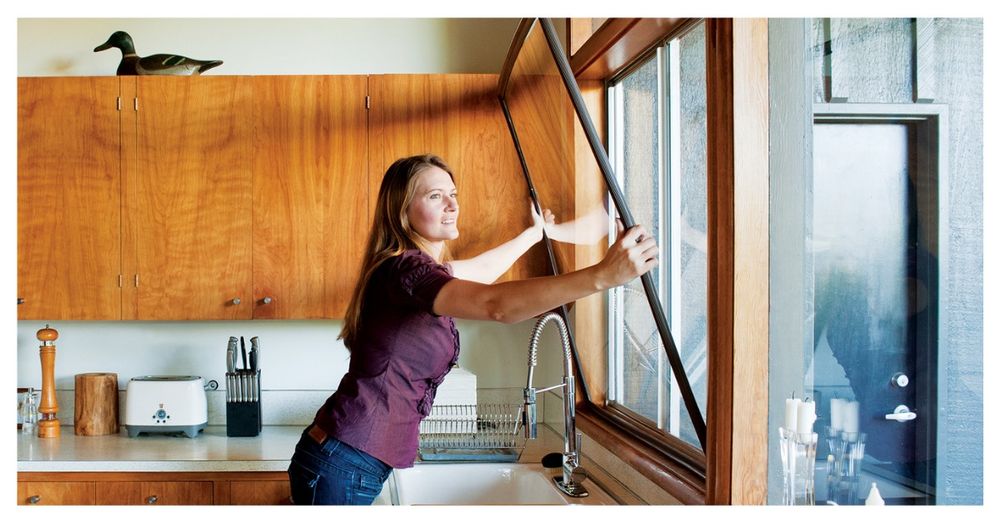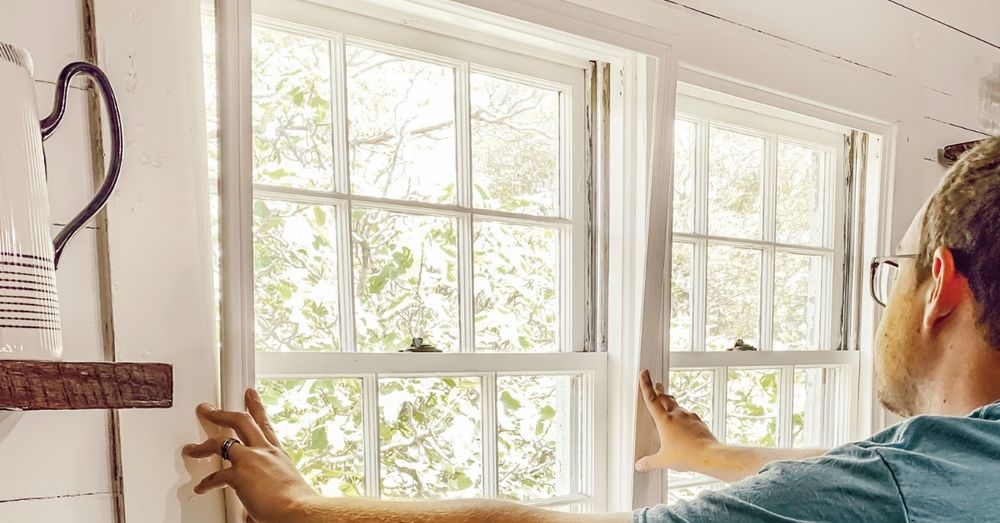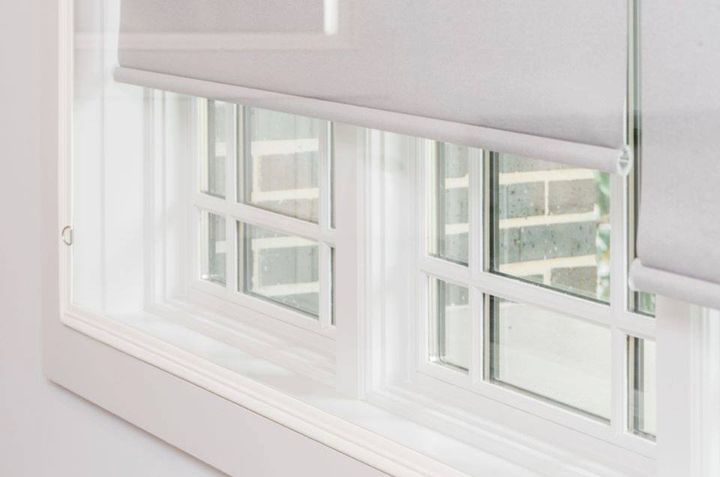
Why Is My Room So Cold? How to Fix a Cold Room
Are you a homeowner who’s wondering why an entire room in your house is always cold? It may just be a chilling draft or a long freezing night, but once you’ve experienced unbearable coldness in the comfort of your own home, you’ll quickly realize that this is not a problem you want in the dead of winter.
There are several reasons your room is getting colder than it should in the winter. Let’s take a look at the most likely reasons.
Common Reasons Your Room Might Be Cold
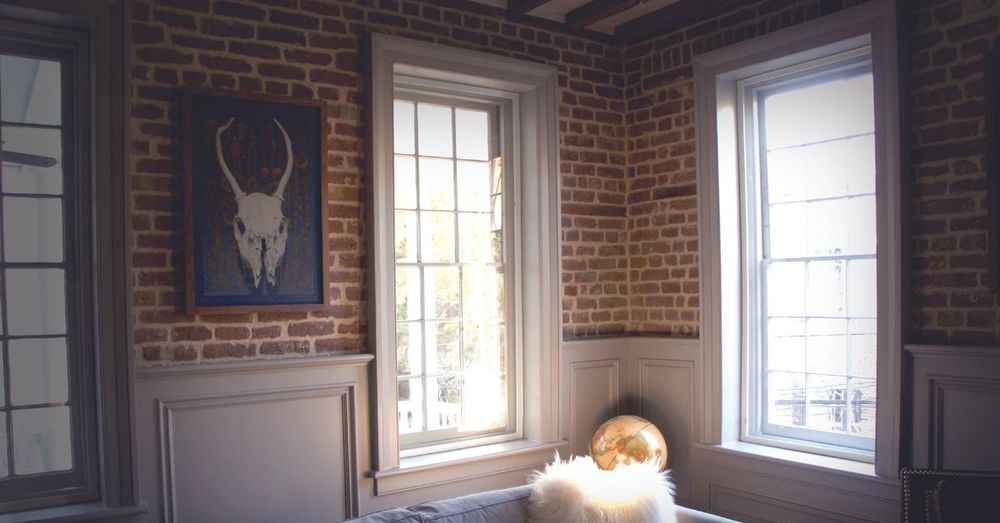
How to Test Ductwork or Blocked Vents
Poorly installed or broken ductwork can cause you to have severely cold days and even colder nights. Remember, you also have to maintain your ducts so your room temperatures don’t go to unbearable extremes.
If you’re moving into a home that needs renovations, it could also be that the ductwork size does not fit the new room size.
are another cause of antarctic-filled nights, usually primarily felt in the bedroom. If you’re wondering why your bedroom is so cold, first make sure your vents are at peak performance. Every room should be the same temperature when, for instance, your fireplace is lit.
A poorly functioning vent might not be the problem, though. You may have blocked your vents with furniture, or it may need to be cleaned. Luckily, these are both easy fixes that can make a world of difference.
How to Test Thermostat and Insulation
are another common yet easily missed cause of cold rooms in a house. You might be thinking you’re upping your heat or furnace, but nothing is happening. Or, the thermostat changes the temperature up to a point before giving out.
However, insulation may be the culprit you’re looking for if your thermostat isn’t to blame. How can you tell? If your room’s walls — as well as the room itself — are colder than other rooms, you might have an insulation issue
If your insulation is adequate, more often than not, window cracks are the culprits behind the ice-cold temperatures in a home. But if you’re not certain what the root cause is, there are a few quick tests you can do to be sure of a window leak. Once you determine the location of the issue, your thermostat or insulation issues can be fixed by following a few simple steps.
How to Test for a Window Leak
The first option is simply to look for visible cracks in your windows — both from the outside and inside of your home. Another way to detect drafts is by placing your hand near a window and feeling for air.
You can also perform the lighter, candle, or match test — and a hairdryer might need to be involved. Hold the flame up to the window to see if it is still or gets blown to the side. If the flame pulls towards a particular direction, there’s your leak. If you don’t notice a pull or are unsure, take a hairdryer and give it to someone to use outside the window while you do the test. If there’s a flicker, there’s a leak.
The last test can be done with the help of a thermal camera, which you can buy or rent from your local hardware store. This option is more costly but works a lot faster by exposing the source of energy leaks and poor insulation areas.
After identifying the source of the issue, you can get started on finding a suitable solution to get your home back on track.
If you’ve done one or more of the above tests and find your windows have an opening, or if you identified one of the other reasons listed above as your culprit, there’s a fix. Let’s look at a few.
How to Fix a Cold Room
Fix Your Ductwork
If you’re wondering why your room is so cold compared to the rest of your house, your ductwork may need a fix. Follow these steps to fix a cold room with ductwork issues:
- Turn off the HVAC and check the ductwork and heating vents for debris.
- Look for cracks in your ductwork. You may be able to fix these with an aerosol polymer spray or some other gap sealant.
- Look for any other physical damages and address them.
- In addition, scout out if there’s a need to rearrange your furniture so your vents aren’t blocked.
And while you’re out fixing things that affect the temperature of your room, it might be a good idea to check your air quality as well.
Fix Your Thermostat
Check the thermostat and the results it shows. Is the display working? Is your AC or furnace responding to the inputs from your thermostat? Are there differences in temperature between rooms? If you’re having thermostat issues, try doing the following:
- Clean your thermostat.
- Replace the batteries.
- Check your HVAC power circuits
- Troubleshoot older thermostats by opening them and pushing the metal strip in either direction.
If all of these fail, it might be time to replace your thermostat once you’re sure it is the source of your temperature disparities.
Fix Your Insulation
If your walls, ceiling, and roof are also cold, the insulation might be compromised and require fixing. Additionally, you might want to check the fireplace if you have one, as well as your chimney, for any possible damages to the insulation around them.
Insulation issues can also prove a hassle during these pandemic times when most of us do more virtual calling. Poor insulation means more noise on our calls, and less peace and quiet to work in.
Wall and ceiling insulation issues often require professional assistance to ensure safety and proper maintenance. However, if you’re dealing with window insulation issues, there are a few ways to fix this problem without having to hire professionals. With this being said, not all DIY solutions are the best.
Bubble wrap or saran wrap both act as quick fixes for insulation problems, but they come with a few drawbacks:
- You would have to redo them every year.
- You’re likely to have window damage due to the do-it-yourself nature
- You risk having to repair or repaint the area, costing more money and time
Fix Your Windows and Doors
Are there any holes in the frame or the casement of your windows? If you did one of the tests above and found your windows have an air leak, caulking might be the solution for your cold air woes.
To utilize this temporary fix, follow these steps:
- Clean the area you want to caulk with soap and water.
- Once dry, steadily apply the caulk at a 45-degree angle to really get into those cracks.
- Use a putty knife to push the caulk into cracks if it leaks out.
- Once dry, and only if you’re not sure you put enough on there, apply another layer of caulk for security.
Keep in mind, caulking works best if the temperature is 45 degrees Fahrenheit or higher.
For air leaks that lie between the window rail and the sill, you may try weather stripping.
- Start with a clean, dry area.
- Measure the width of the window.
- Cut your weatherstripping to your measurements.
- Apply using the manufacturer’s instructions.
There are a few other ways to seal your windows ahead of the winter months . But if your windows are old, it’s best to consider additional solutions.
At Indow, we want you to have a beautiful home. One of the best ways to maintain your home’s beauty is to prepare it for the seasons. There are various things you can do to prepare for cold months , several of them detailed above. However, it’s important to do it the right way.
Temporary solutions may work under tight time constraints. However, there is an idyllic, long-term solution for insulation issues and window leaks.
Inserts for a Guaranteed Cozy and Quiet Winter
If your home is not insulated properly or has leaks, you may also be subjected to poor sleep or find yourself using only a few rooms in your house.
Your cold room issues can be a thing of the past with our high-quality, sustainable window inserts. They not only provide insulation coverage, but they can also soundproof your home and reduce your carbon footprint.
Instead of implementing a temporary fix — like bubble wrap or saran wrap — you could be enjoying maximum insulation thanks to our acrylic inserts that work better than traditional glass ones.
Why not just buy new windows? Purchasing brand new windows for your home can be extremely expensive . Not to mention, most warranties on newer windows don’t last very long. Plus, you would have to dish out even more money for professional services, which is what you would need in order to ensure a proper installation.
And what if you want to preserve your windows? Historic homes lose part of their charm when you remove the original windows and replace them with modern options; not to mention, you may not be allowed to replace your historic windows.
With our inserts, you can keep your gorgeous historic windows without suffering through the winter. Plus, you spend a lot less money and easily recoup the investment compared to what you would’ve spent on brand new windows.
Get an Estimate for Free
At Indow, our window inserts offer a cost-cutting solution for every homeowner who has to deal with the fierce winter weather this year and in years to come.
Want to enjoy a quieter, more comfortable home while saving money? Get a free estimate today and find out what your personalized solution using window inserts will look like.
Customer Reviews
Juli E
We are thrilled with our Indow window inserts! I'd been on the lookout for a more permanent solution to leaky windows in our third floor living space. I discovered Indow on social media but since then have learned of friends who'd had Indow recommended to them by their rennovation contractor. The entire process went smoothly with friendly reps at hand to talk through questions during measuring, etc. They fit perfectly and help us to maintain the beautiful design of the windows on our 100 year old home! Highly recommend!!
Jen F
Worth the money!
Elizabeth H
For townhouse living, this solved my problem with noise from my neighbor's with my kitchen window. A considerable decrease of noise indeed! Measurements were a bit frustrating so I recommend using a laser measurement device and following directions to use a string for the diagonal. They look great and were easy to push into place. I highly recommend as an alternative to buying a new window.
Anonymous
Easy to install, and instantly stopped drafts and dampened outside noises very effectively!
Robert C
The process could've been smoother with the sending of the measuring kit. There was a delay with weather in Oregon but then it felt like my kit was still delayed due to other reasons. Most new homes (like mine) have textured paint and it can also be inside your window frames. I measured everything out but I still have little tiny gaps due to the texturing. Not indows problem but just be aware you made need to sand or fill in those gaps yourself to get a perfect seal. I did the acoustic grade inserts and they have reduced some noise but they will not completely block or significantly reduce road noise. This is most apparent with deep or lower frequencies like truck exhausts or modified street racing cars that are quite popular these days. Taking the inserts out to open your windows isn't an easy task. The little metal hook they provide needs to be either bigger or you can attach something to it as a way to leverage yourself. Overall the process was average. I think they're definitely a good option for weatherproofing and some sound reduction depending on the type of windows you have. I would purchase again.
Shelley C
The process for ordering and installing the Indow Widnow inserts was so easy. They sent the measuring information and it had great instructions. The inserts were delivered by UPS was crushed on one corner, but the company had packed them well, so there was no damage. We installed them the same day. It works best if you have two people completing the installation. We felt the results immediately and are glad we spent the money to make our home just a little more efficient.
Barry B
The insert fits like a glove and insulates the window! No more frost and condensation on the interior of the window! Thank you for an easy, effective and attractive fix!
Susan A
The support during the entire process was wonderful, thank you so much for the extra quiet space!
Volodymyr R
Very good good quality. Overall very satisfied with this product and service. Thanks
Jane H
Our home was built in 1913 and has beautiful old wavy glass single-paned windows. I’m so glad we were told about Indows and didn’t have to replace the original windows. We live in Canada but had no difficulty placing the order and were very impressed by how accurately the company met its deadlines, including cross border delivery. The Indows inserts blend in perfectly with our home and the existing window frames. You don’t see them unless you’re actually looking for them. But what we did notice was how much warmer the rooms feel the minute the inserts were installed! I can’t speak to any heating bill savings because they just went in this week, but our home feels much, much cozier. Our contractor who took all the measurements and installed the Indows says: “Excellent instructional videos: clear and informative. Very impressed with the design and the product. Overall, the ease of installation is quite impressive. Working with all the staff at the company was great – everyone was very helpful.” I’m already recommending this company to any of my friends who live in drafty older homes and want to reduce their heating/cooling bills and do some good for the environment.
Anonymous
Don't be afraid of buying an older home with single pane windows. This company has you covered. Their inserts are super high quality and fit well thanks to the laser measuring kit they send. Highly recommended!
Katie M
We purchased three Indows to reduce drafts and noise in our bedroom, which faces the street. The improvement was immediate. Our house was built in 1958 and although we have exterior storm windows we didn't want to replace the windows outright due to cost and architectural consistency. These were an excellent solution.
Matthew L
Indow inserts were easy to measure, order and install. They've provided great insulation for old single-pane and stained glass windows in an antique home. We can significantly feel how much better the home holds heat.
Ellis W
I ordered two Indow inserts for my home. They are doing a great job, entirely happy with them and the ordering process.
Elizabeth W
I can't say enough good things about this product and company. Our house is 101 years old and the sidelites next to our front door are single pane ancient wavy glass which means when it gets very cold (Chicago temps) we can have an inch of frost covering the INSIDE of our windows. I was desperately searching for a solution so our front vestibule was not so cold and a friend recommended Indow. The process could not have been simpler and the temperature difference it has made is off the charts.
